Microneedling is a minimally invasive skin-rejuvenation technique that employs tiny, sterile needles to create controlled micro-injuries in the skin’s surface, triggering your body’s natural wound-healing process, stimulating collagen and elastin production to improve texture, firmness, and overall tone.
What is microneedling?
Microneedlingis a minimally invasive cosmetic procedure designed to rejuvenate the skin by creating controlled micro-injuries that trigger the body’s natural healing response. During a session, a device outfitted with dozens of ultra-fine needles—whether a manual roller, motorized pen, or radiofrequency-enhanced tool—is gently pressed or stamped across the treatment area, forming microscopic channels in theepidermis. These micro-wounds stimulate collagen and elastin production, essential proteins that restore firmness, smooth fine lines, and refine texture. Over a series of three to six sessions spaced four to six weeks apart, microneedling can fade acne scars, diminish stretch marks, reduce pore size, and even out hyperpigmentation by enhancing topical product absorption. Most treatments take under an hour, and a topical numbing cream minimizes discomfort. Downtime is brief—clients typically experience mild redness and swelling that subsides within two to three days. Proper aftercare, including gentle hydration, sun protection, and avoidance of exfoliating acids, ensures optimal healing and pigment retention. Because it targets only superficial skin layers, microneedling offers significant results with a lower risk of long-term complications compared to deeper resurfacing techniques, making it a versatile choice for a wide range of skin types and concerns.
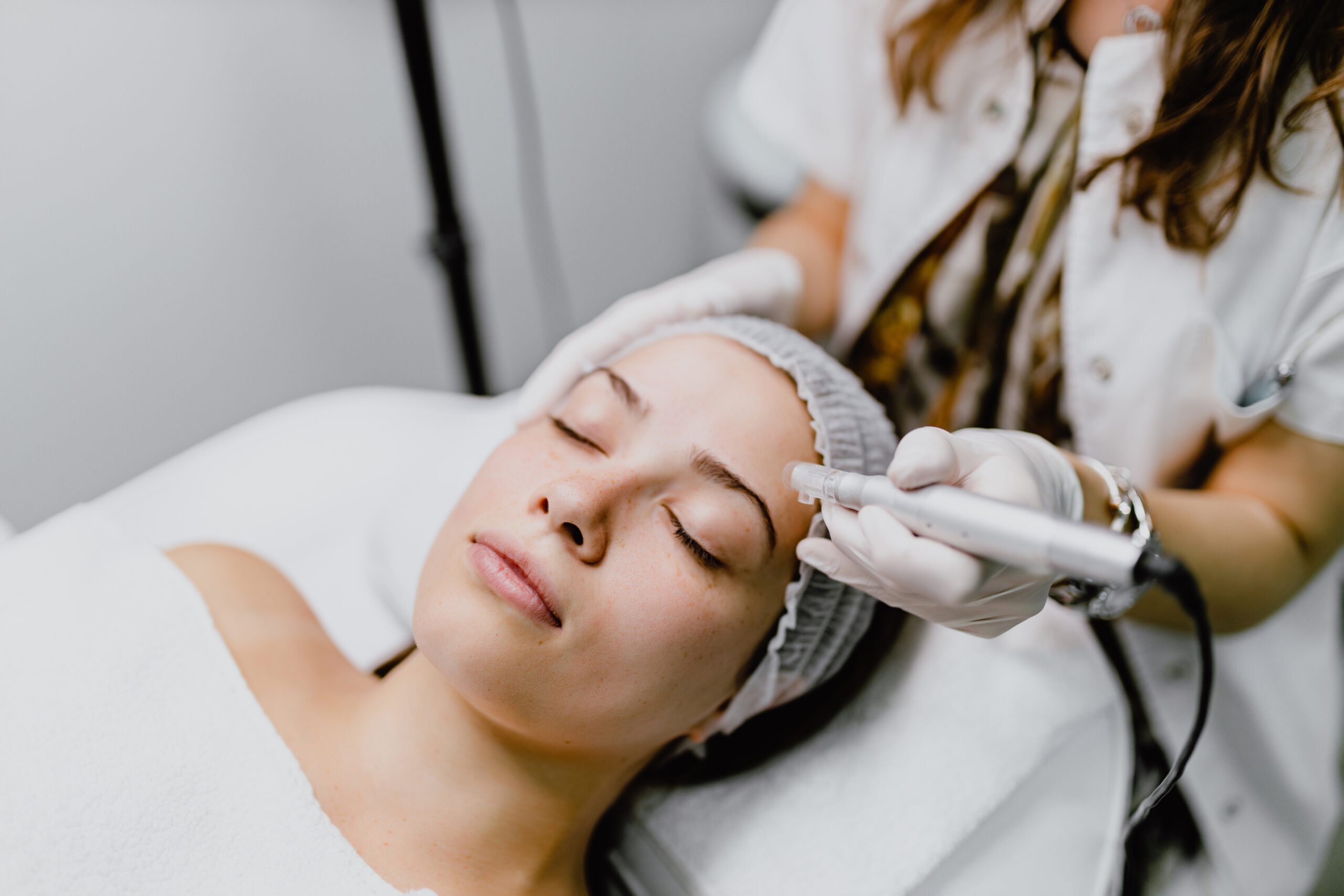
What are the pros & cons of microneedling?
Microneedling delivers a compelling blend of skin-rejuvenating benefits and manageable drawbacks that make it an attractive option for many—but not all—clients. On the plus side, the procedure’s ultra-fine needles create precise micro-channels that kickstart collagen and elastin synthesis, leading to firmer, smoother skin over time. Because it only targets the superficial layers, recovery is swift: most people experience mild redness and swelling that resolve in two to three days, and they can resume normal activities almost immediately. The micro-injuries also improve the absorption of topical serums, amplifying the effects of growth factors, antioxidants, and hyaluronic acid. Microneedling is versatile, treating everything from fine lines and pore size to acne scars, stretch marks, and uneven pigmentation in skin types I through VI. It’s generally safe, especially when performed by a trained professional using sterile equipment, and eliminates some of the risks and downtime associated with deeper laser resurfacing.
However, microneedling isn’t without cons. Multiple sessions—usually three to six—are required to see significant results, which can increase cumulative cost and time commitment. Those with active acne, eczema, rosacea, or a history of keloid scarring may worsen inflammation or risk complications. There’s also a small chance of infection if post-procedure hygiene and aftercare aren’t meticulously followed. While discomfort is typically mild thanks to topical anesthetic, sensitive individuals may still experience stinging or pinpoint bleeding. Finally, results are gradual rather than instantaneous, demanding patience and consistent maintenance for optimal, lasting improvement.
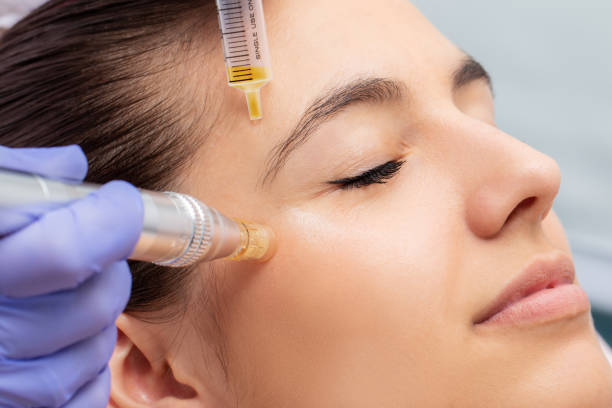
Who's a good candidate for microneedling?
Microneedling is best suited for individuals looking to address a range of superficial to moderate skin concerns while tolerating minimal downtime and gradual results. Ideal candidates are healthy adults with mild to moderate acne scarring, enlarged pores, fine lines, stretch marks, or uneven pigmentation who want to stimulate their own collagen and elastin production without resorting to more aggressive resurfacing procedures. Because the treatment targets only the epidermis and upper dermis, people with Fitzpatrick skin types I through VI can safely undergo microneedling, including those with darker or more sensitive complexions prone to post-inflammatory hyperpigmentation from lasers. Before booking, candidates should be free from active infections, open wounds, or severe acne in the treatment area, as well as free from inflammatory skin conditions such as eczema or rosacea that could flare with needle penetration. Those with a history of keloid scarring, bleeding disorders, or recent isotretinoin use should avoid this therapy, and pregnant or nursing individuals are generally advised to postpone sessions. A realistic mindset is crucial: microneedling offers cumulative improvements over multiple sessions rather than one-off dramatic transformations. Commitment to proper aftercare—gentle cleansing, sun protection, and hydrating serums—is essential to minimize infection risk and maximize collagen remodeling.
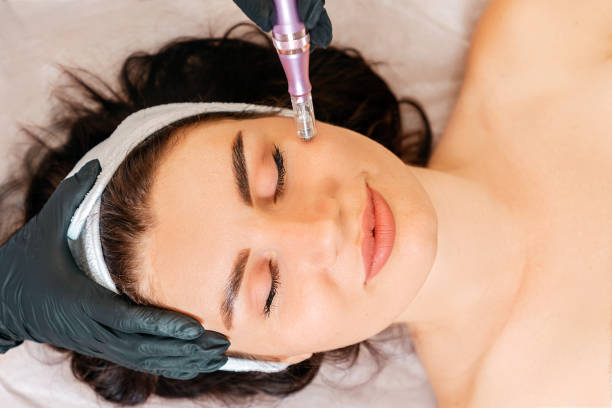
What happens during a microneedling treatment?
During a microneedling treatment, the provider begins by cleansing the skin and applying a topical numbing agent. Following a brief consultation, the technician marks the treatment area with a marker, mapping key facial landmarks to ensure even coverage and symmetry. After allowing the anesthetic to take effect, the skin is wiped clean and the microneedling device—either a manual roller or a motorized pen fitted with ultra-fine needles—is passed across the surface in horizontal, vertical, and diagonal passes. A sterile environment and disposable needle cartridges reduce infection risk. Each pass creates microscopic channels in the epidermis and dermis, triggering a controlled wound-healing response. The technician adjusts speed, pressure, and needle depth based on skin thickness and sensitivity, focusing on areas with scarring, uneven texture, or fine lines. Invisible micro-injuries prompt the release of growth factors that stimulate collagen and elastin synthesis. To maximize results, serums containing hyaluronic acid, peptides, or vitamin C may be applied during or after treatment, allowing deeper penetration through the microchannels. The session typically lasts thirty to sixty minutes, followed by a gentle moisturizer and broad-spectrum sunscreen before the patient leaves with mild redness and a glowing complexion ready to heal over the next few days.
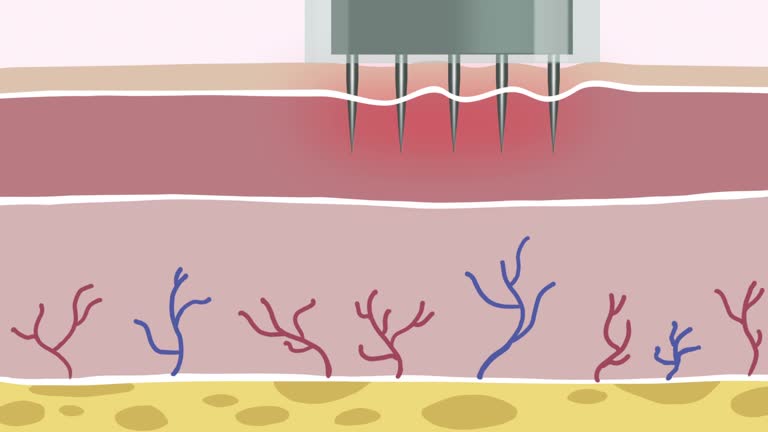
How long does microneedling take to heal?
After a microneedling session, the skin embarks on a structured healing process that unfolds over several phases. In the first 24 to 48 hours, you’ll notice redness and mild swelling akin to a sunburn; microscopic punctures in the epidermis close quickly, with much of this initial inflammation resolving within two to three days. During this window, it’s crucial to keep the area clean, hydrated, and shielded from direct sunlight to prevent irritation or pigmentation changes. By day five, any residual redness should have faded substantially, leaving a slightly tight or dry sensation as new collagen fibers begin to form beneath the surface. Over the next two weeks, cellular turnover accelerates: surface skin cells shed more efficiently, revealing a smoother texture, while collagen and elastin synthesis quietly ramp up in the dermal layers. Around week four to six, you’ll start to observe more noticeable improvements—fine lines soften, pore size diminishes, and scars appear less pronounced—as the remodeled connective tissue strengthens. Although most visible discomfort subsides within a week, full collagen remodeling continues for up to three months, meaning long-term skin quality and firmness steadily improve.
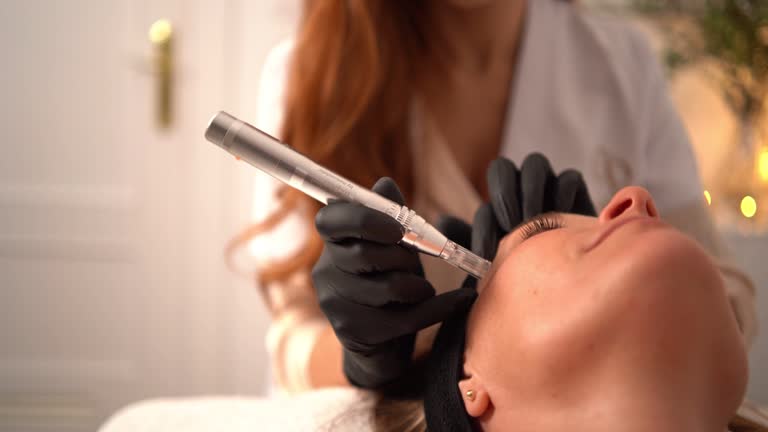
Microneedling aftercare process
After a microneedling session, diligent aftercare is essential to support healing, prevent complications, and optimize collagen remodeling. In the first 24 hours you should gently cleanse your face with a mild, fragrance-free cleanser and lukewarm water—avoid hot water, steam, or abrasive cloths—and pat dry with a clean towel. Apply a thin layer of a soothing, hydrating serum or ointment recommended by your provider (often containing hyaluronic acid or peptide complexes) two to three times daily, but do not over-moisturize to the point of clogging pores. For the first three to five days, steer clear of active skincare ingredients such as retinoids, alpha- or beta-hydroxy acids, vitamin C, and any physical or chemical exfoliants; these can irritate freshly micro-injured skin. Do not wear makeup for at least 24 hours, and avoid swimming pools, saunas, intense sweating, or heavy exercise for 48 to 72 hours to reduce the risk of infection. Keep your hands and hair away from treated areas, and sleep on a clean pillowcase to minimize bacterial exposure. After the initial redness and mild peeling subside—typically within three to seven days—slowly reintroduce gentle, barrier-repair creams and broad-spectrum SPF 30 or higher every morning.
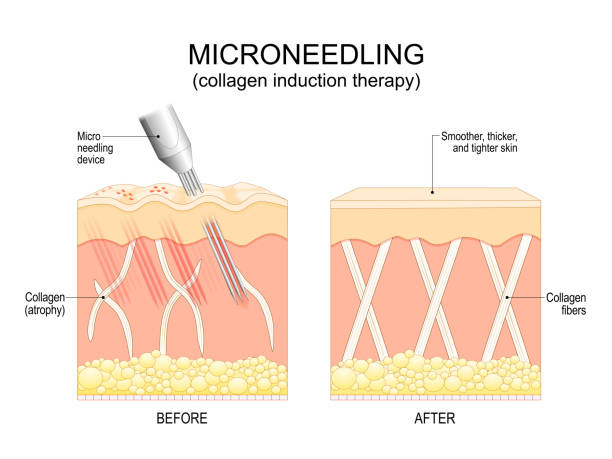
Is microneedling really worth it?
Microneedling can be a highly worthwhile investment for individuals seeking gradual yet meaningful improvements in skin health without the downtime or cost of more aggressive treatments. By creating controlled micro-injuries with ultra-fine needles, this therapy prompts the body’s natural collagen and elastin production, yielding smoother texture, diminished acne scars, reduced pore size, and a more even tone over time. Typically delivered in three to six sessions spaced four to six weeks apart, microneedling’s cumulative expense often undercuts laser resurfacing, making it accessible to those on moderate budgets. Recovery is brief—most patients experience mild redness and slight swelling for just two to three days—allowing an almost immediate return to daily life, a sharp contrast to the extended healing required by chemical peels or ablative lasers. The treatment also enhances the penetration of active serums, amplifying the efficacy of hyaluronic acid, peptides, and antioxidants applied during or after sessions. However, microneedling demands patience, as results emerge gradually, and its success hinges on thorough aftercare and professional technique to minimize risks of infection or pigmentation. While not suitable for individuals with active skin conditions, bleeding disorders, or keloid-prone skin, those with realistic expectations and a willingness to commit to a series of treatments often find microneedling a cost-effective, versatile, and minimally invasive cornerstone of a comprehensive skincare regimen.
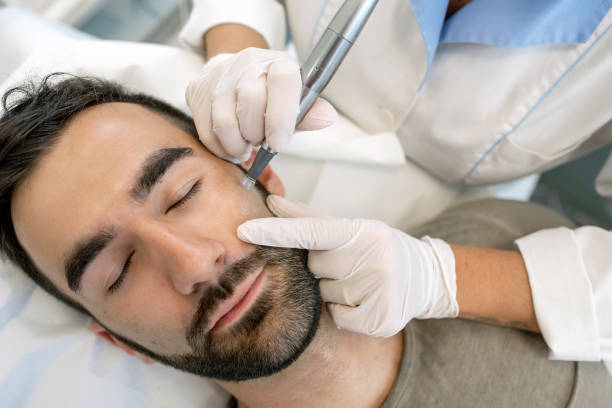
Conclusion
Microneedling offers a versatile, minimally invasive approach to skin rejuvenation by harnessing the body’s natural healing. Through controlled micro-injuries, it stimulates collagen and elastin production to refine texture, smooth fine lines, and even skin tone. With brief downtime, gradual yet cumulative improvements, and enhanced absorption of serums, it serves a wide range of skin types. Ideal candidates are healthy adults without active skin conditions who are committed to a series of sessions and proper aftercare. While multiple treatments and realistic expectations are required to see full results, microneedling remains an accessible, cost-effective alternative to deeper resurfacing procedures.
Read More